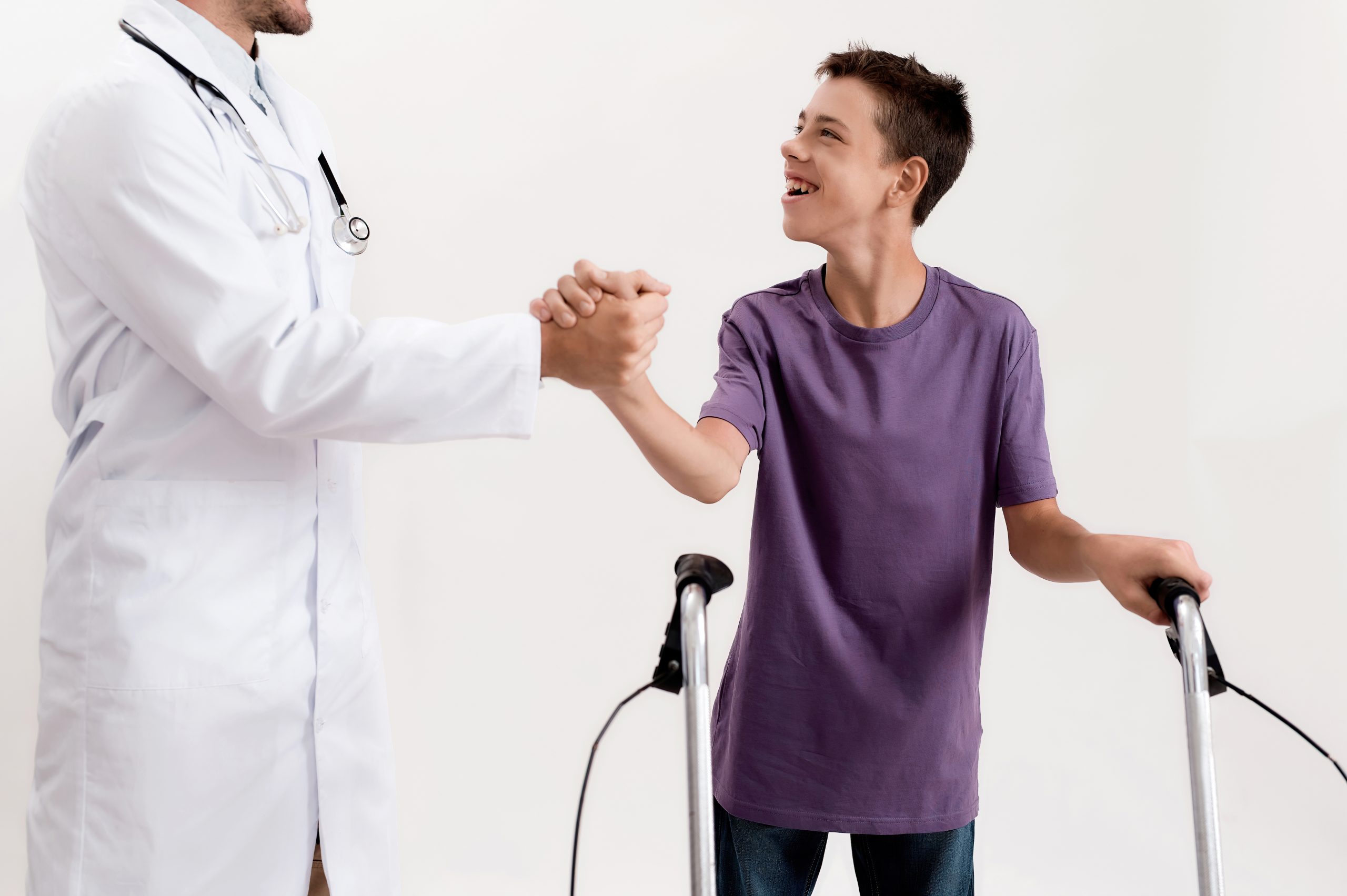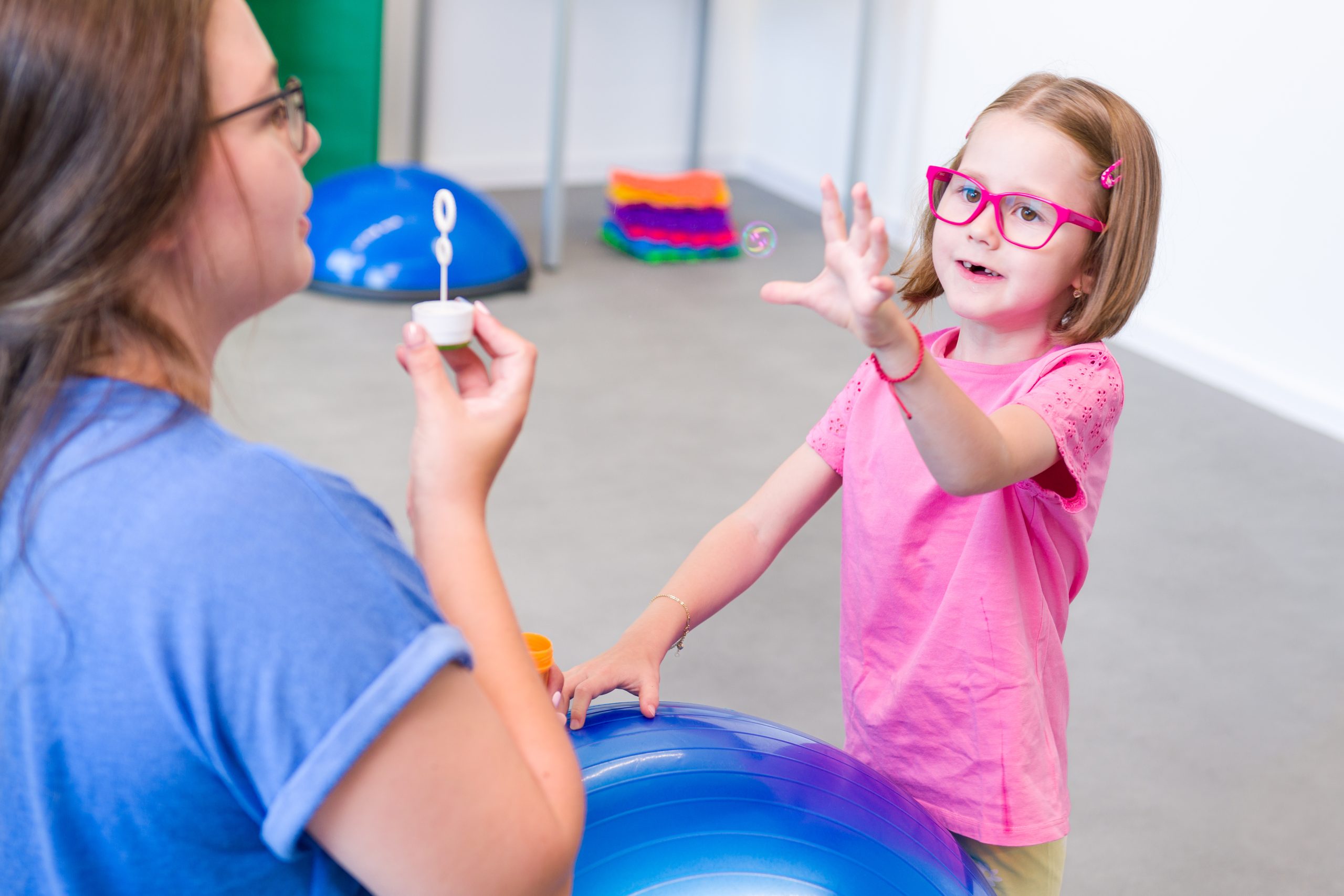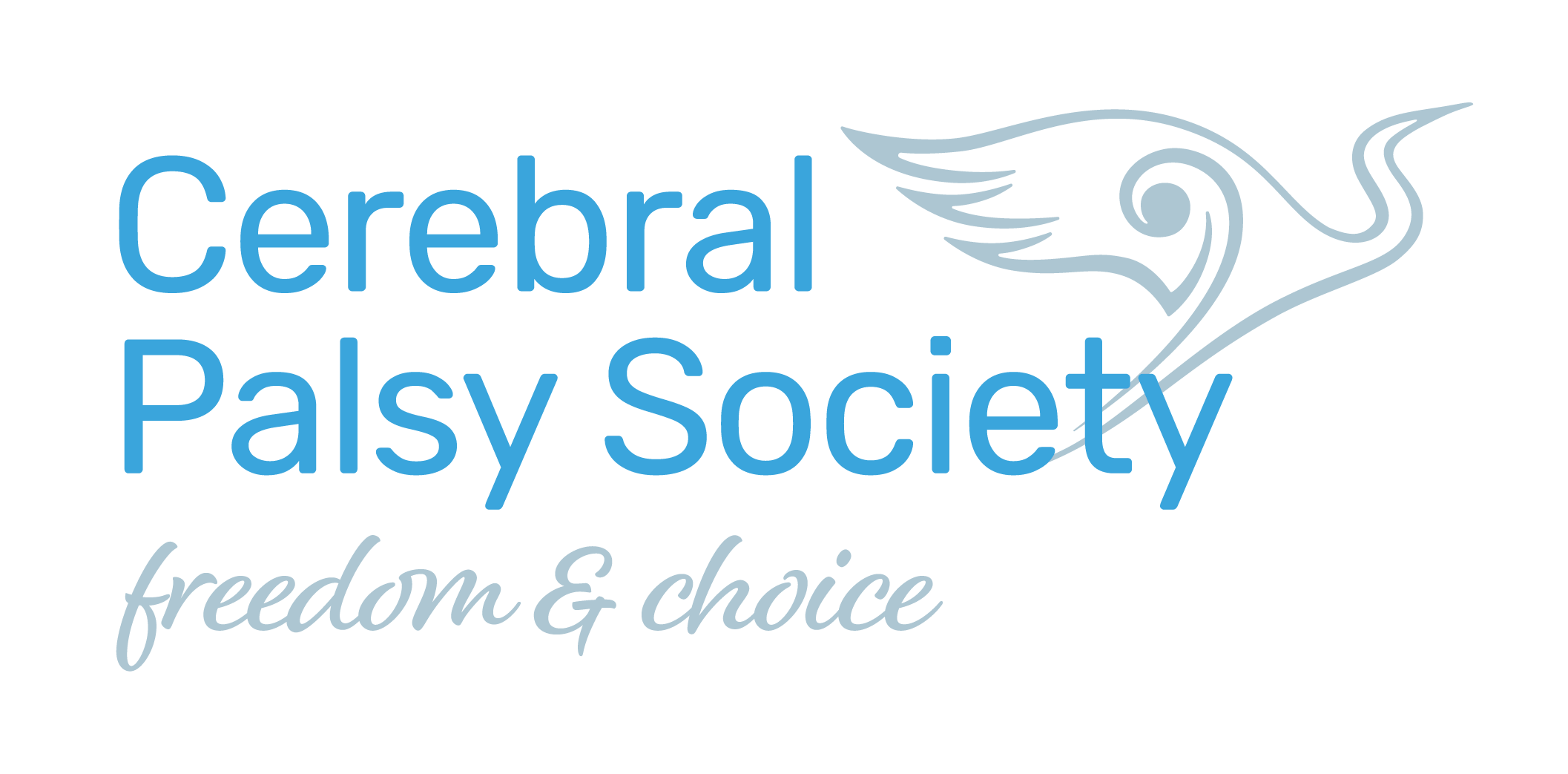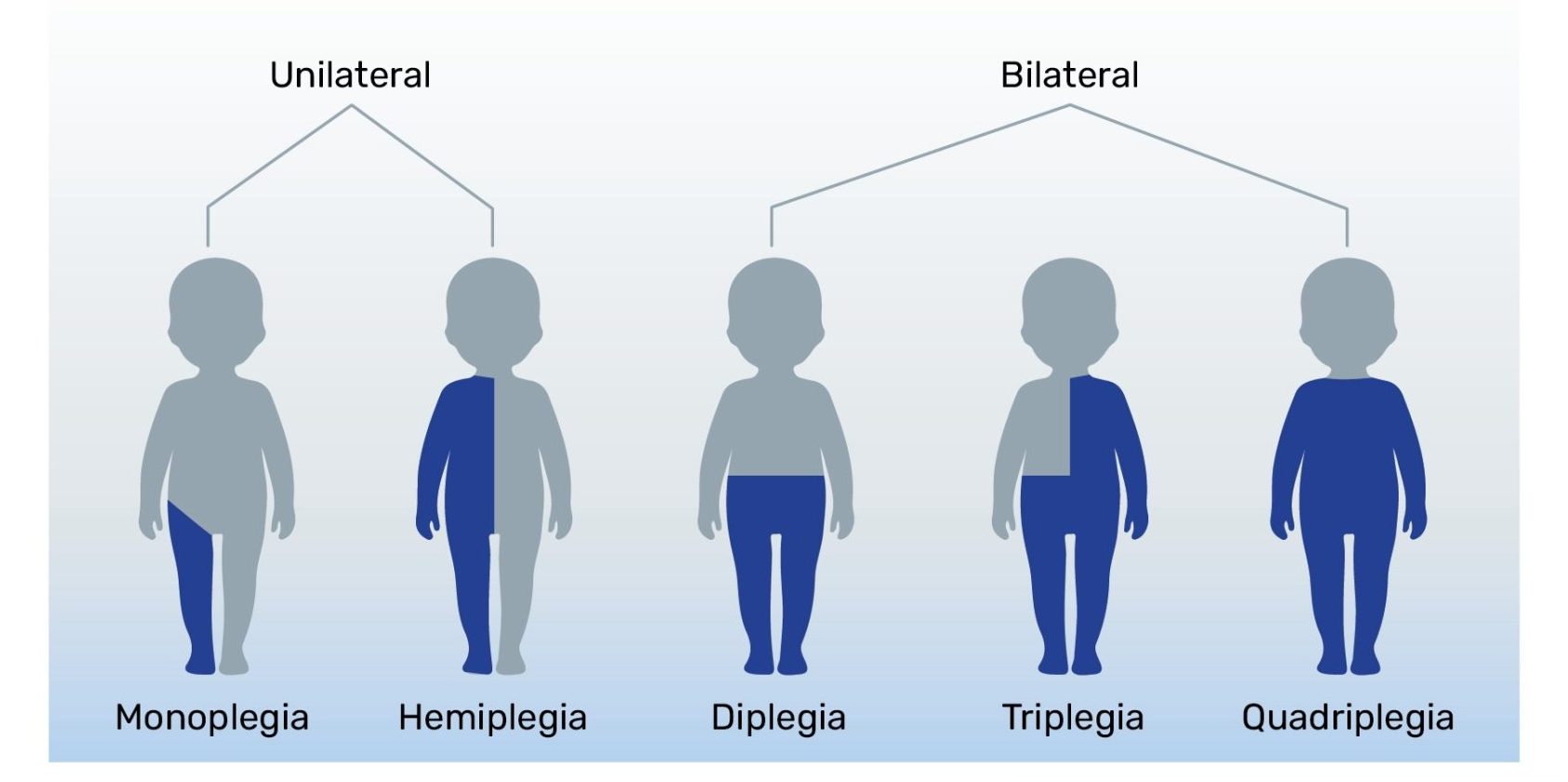Types of Cerebral Palsy
Cerebral Palsy – Hōkai Nukurangi is a broad term which encompasses different disorders of movement and posture. The parts of the body which are affected by the abnormal muscle tone depends upon where the brain damage occurs.
Cerebral Palsy can often be described in medical language by the parts of the body affected, the type of movement seen and with different functional classifications, used to describe everyday activities.

Medical terms to describe Cerebral Palsy – Hōkai Nukurangi
|
Terms for parts of the body affected |
Meaning |
|
|
Unilateral Cerebral Palsy |
Monoplegia (one limb) |
Affecting one limb or one side of the body (arm, trunk and leg) |
|
Bilateral Cerebral Palsy |
Diplegia (two limbs) |
Affecting both legs |
|
Bilateral Cerebral Palsy |
Triplegia (three) |
Affecting three or all four limbs |
|
Terms for type of movement |
Meaning |
|
Spastic or Spasticity |
Increased muscle tightness, stiffness, and muscle weakness |
|
Dyskinetic |
Changing muscle contractions causing twisting or repetitive movement |
|
Athetosis or Athetoid |
Uncontrolled movements |
|
Ataxic |
Shaky movements, affecting a person’s balance and coordination |
|
Mixed |
People can also have a combination of movement types present – predominantly Spasticity and Dystonia |
Function
Functional classifications are used by health professionals to describe what you can do and what you might find more challenging. They were developed for use in children but can be used to guide adults living with Cerebral Palsy too.
There are currently classification systems for moving, hand use, seeing, eating, communicating and vision. All classifications use a Level I – V (1 – 5) scale where Level I means greater functional ability and Level V means less functional ability.
Examples include:
- The Gross Motor Functional Classification System (GMFCS) which looks at large movements, like rolling, crawling or walking
- The Manual Ability Classification System (MACS) which looks at fine motor movements of the hands and arms, like handling toys
- The Eating and Drinking Abilities Classification System (EDACS) which looks at how people eat and drink effectively.

More information on each of these can be found by:
- Talking to your health provider
- At www.starship.org.nz/guidelines/classification-systems-for-cerebral-palsy
- Watching this video www.youtube.com/watch?v=XNPW-dU8Mko&t=50s from the Cerebral Palsy Alliance, Australia which explains GMFCS levels.



